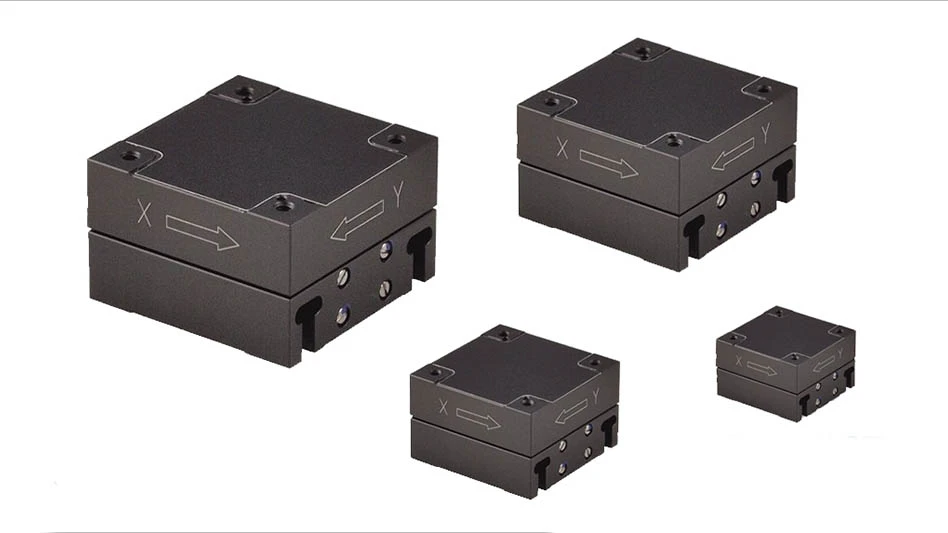
Sharp-eyed readers may have noticed the past several months that we’ve added maintenance, repair, and overhaul to Aerospace Manufacturing and Design’s front page: “Dedicated to the Design, Manufacturing, and MRO of Aircraft and Aerospace Components.” This really isn’t news – we’ve long included articles on MRO topics – it just recognizes that many of our readers in the aerospace supply chain already perform work in that market segment, such as repairing turbine blades or manufacturing aftermarket parts.
It logically follows that with record numbers of airliners being produced, MRO spending will increase as those airliners enter service during the next decade. A forecast on page 54 expects the global MRO market to grow to more than $100 billion by 2025, with North America’s share between $17 billion and $21 billion. Engine maintenance’s market share is anticipated to grow to nearly half of that spend. That prediction should encourage anyone fearful that the 12,700 airplane order backlog now reported by commercial aircraft manufacturing’s duopoly won’t provide enough business to suppliers of jet engines, airframe components, and flight systems for the next decade or so. It should be noted that backlog does not include contracts from regional and business aircraft producers or a reviving defense sector.
Other manufacturing markets face a possible slowdown after 2016 – automobile sales are likely to peak next year. And beleaguered domestic oil and gas production is facing a long standstill. Thankfully, aerospace has a comfortable cushion of orders now and for years to come. Even if half were to disappear, there would still be a substantial backlog. (For more, read the 2016 forecast beginning on page 44.)
While a strong U.S. dollar adds headwinds to exports, it also means imported goods – including machine tools – can cost less. The Federal Reserve Board is still cautious about raising its prime rate beyond the one-quarter percentage point it decreed last December, so borrowing money remains cheap. These facts may make now the best time to invest in greater capacity, more automation, or better productivity.
Still need more reasons to start shopping? Before Congress adjourned last year, it passed a law benefiting manufacturers with a permanent research-and-development tax credit and a permanent Section 179 small-business expensing allowance up to $500,000 for new and used equipment purchases (up to $2 million) ordered and placed in service in a tax year. Also included in the bill is a five-year extension of 50% bonus depreciation effective with the 2015 tax year. This applies only to new equipment, but there is no cap on the amount that can be depreciated.
The $1.8 trillion tax and spending compromise measure funds the federal government through the 2016 fiscal year – eliminating sequestration anxiety from short-term continuing resolutions – and it restores more than 50 expired tax provisions, 22 of them permanently. Amber Thomas, vice president of advocacy for AMT – The Association For Manufacturing Technology, hails the bill’s enactment as “a major victory” that should give manufacturing a boost heading into this year. AMT explains the provisions of Section 179 at http://goo.gl/Z1eyOq. – Eric

Explore the January February 2016 Issue
Check out more from this issue and find your next story to read.
Latest from Aerospace Manufacturing and Design
- Talking machine tools with the professionals who build them
- Tools and strategies for improving your machining processes
- America Makes announces QTIME project call
- Innovation meets precision for 40% faster machining
- Upcoming webinar: Pro tips from a supply chain strategist
- Heart Aerospace relocates to Los Angeles
- Fixtureworks introduces Stablelock Clamps
- Piasecki acquires Kaman's KARGO UAV program





